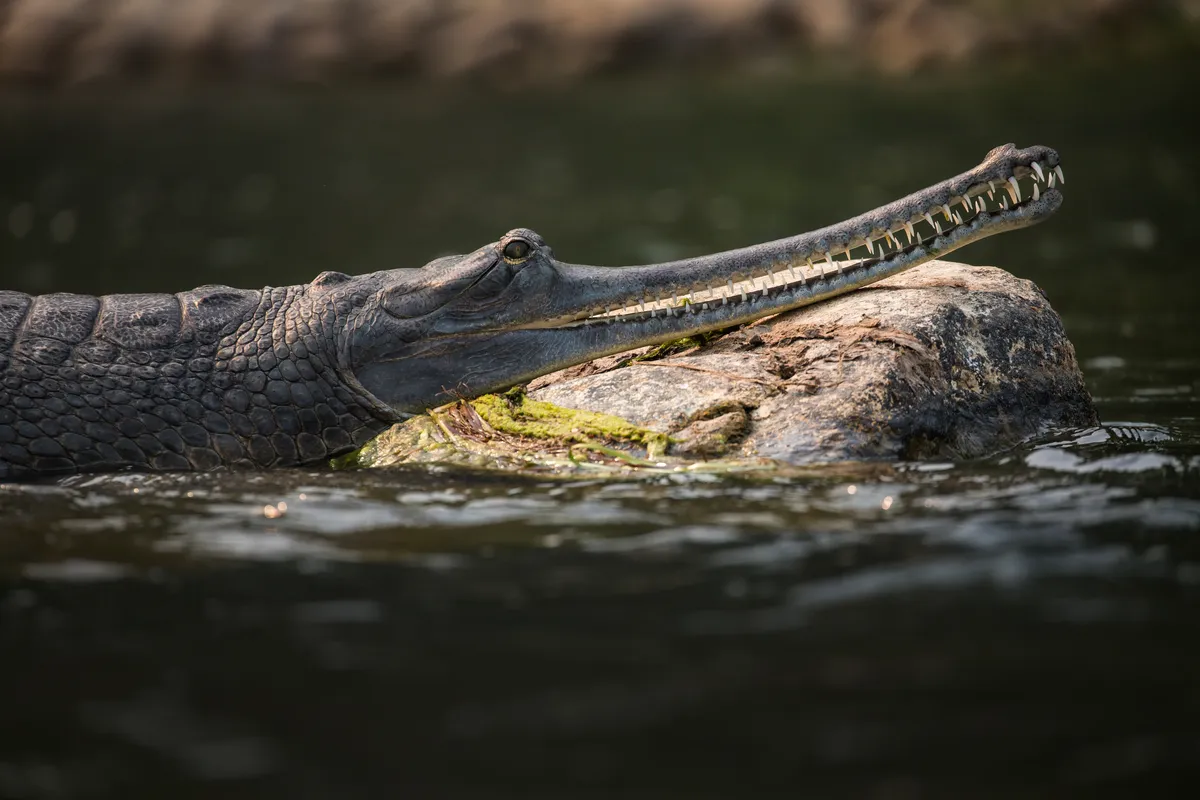Planet Earth is home to some truly colossal reptiles, from turtles as large as cars to crocodiles capable of preying on young elephants. These giants showcase nature’s incredible power and adaptability, with amazing lengths, weights, and hunting abilities.
10 biggest reptiles
Saltwater crocodile
The saltwater crocodile (Crocodylus porosus) is the largest living reptile on Earth. Adult males reach about 5m and 500kg, while females are much smaller, typically under 3m long and weigh less than 100kg. They are armed with immense jaw strength and rule estuaries, mangroves and coastal waters across Southeast Asia and Australia. However, there are 9 animals that could take on (and probably kill) a saltwater crocodile.
Komodo dragon

A komodo dragon (Varanus komodoensis) is a lethal lizard that can kill. Thanks to its large size, force of bite and its aggressive nature it can kill prey twice their size. It is the world’s largest living lizard, reaching lengths of up to 3m and weighing up to 150kg.
Green anaconda
The green anaconda (Eunectes murinus), a non-venomous South American boa, can weigh up to 80kg and grow up to 9m. It is considered the heaviest and among the longest snakes, and scientists reckon it may reach even greater lengths in remote, hard-to-survey habitats. It kills prey – as big as a deer – by constriction.
Leatherback turtle
The leatherback turtle (Dermochelys coriacea) is one of seven different types of sea turtle and the world's biggest. The largest of these ocean giants ever recorded was 2.91m and 916kg. Most individuals still exceed 1.7m and 454kg. Their unique soft shells allow them to grow to astonishing sizes, which is important because the bigger you are, the less body heat you lose to the surrounding water.
Reticulated python

At up to 10m long, the reticulated python (Python reticulatus) is the world’s longest snake and among the heaviest. This powerful predator can swallow large animals whole and occasionally poses danger to humans. It's found across the rainforests, woodlands, grasslands and even sewers of South and Southeast Asia and remains one of the planet’s most formidable snake species.
- Which deadly snakes are able to crush and eat people?
- "That’s the length of a double decker bus!" 33ft monster tops biggest snakes in the world list
Nile crocodile
Nile crocodiles (Crocodylus niloticus) are huge reptiles with extreme examples reaching 6m and over 680kg. Most adults still average an impressive 4–4.5m and around 410kg, with males notably larger than females. As apex predators, they dine on fish, birds, other crocodiles and large mammals, including antelope, wildebeest and even young elephants.
Galápagos giant tortoise

The Galápagos giant tortoise (Chelonoidis niger) is an iconic giant that can reach lengths of up to 1.8m, though most average around 1.5m. They can vary widely in size and shape across the 15 species, which fall into two main shell types: domed and saddle-backed.
Aldabra giant tortoise

Native to the Aldabra coral atoll, east of Africa, this giant tortoise rivals the Galápagos species in size. Its peaceful grazing lifestyle belies its impressive durability and lifespan. The male grows to an average size of 1.1m long, with females slightly smaller at 0.9m.
Orinoco crocodile
The Orinoco crocodile (Crocodylus intermedius) is a critically endangered giant of South American rivers. Males can reach lengths of 6m and weigh up to 400kg, while females are smaller, averaging around up to 3.5m and 150kg. With powerful jaws and thick, armored skin, this rare predator is one of the largest and most formidable crocodiles.
Gharial

The long and slender gharial (Gavialis gangeticus) is a fish hunter native to South Asia. It is recognised by its narrow, elongated snout. Adult males can reach up to 6m in length and weigh around 160–200kg.
- 7 deadly reptiles, from snakes to lizards
- All you need to know about the king cobra
- Can a human outrun a crocodile?
Top image: Saltwater crocodile. Credit: Getty





